Hello All,
My allergies have been really combatant this season. This morning I went out to pick yet ANother basket of summer sqaush, tomatoes, string beans, and one cumcumber and one egglant, when suddenly I could not stop sneezing. It was really bad. I couldn't get in the house fast enough. In that particular bed that I was weeding and harvesting from had my nicotina plants in it. That was the only difference I could see. So I came in and searched allergies to Nicotinia plants and came across this:
The Asthma Friendly Garden
By: Tom Ogren
One of the main keys with asthma prevention is avoidance.
When you have asthma the typical garden is not a very friendly place at all. There are mold spores to contend with and worst of all is the pollen. Typical gardens and landscapes have pollen producing male trees and male shrubs and other plants that can provoke asthma attacks. Almost anyone with asthma will tell you that their asthma can be triggered by a good number of things, but pollen is often number one for causing an attack. Garden allergies are very common, but they need not be. Allergies from gardening could largely be a thing of the past�but only if we are willing to make some simple changes.
In fall of 1999 in Richmond, Virginia the American Lung Association of Virginia (ALAV) built a new Breathe Easy office and headquarters. They had this entire large building constructed with the latest innovations in green construction and sustainable design. No construction materials were used that would off-gas any harmful or toxic chemicals, no materials were used that would trigger asthma or allergies. Every attempt was made to build something that would be pleasant and healthy. I have given lectures at this office and the people who work there now will tell you that they all notice what a great improvement it is. Their previous headquarters had sick building syndrome issues and was surrounded by a typical high pollen landscape. But all that is changed now. Their office is a healthy building.
The ALA decided it made perfect sense to landscape their new healthy building (in many states these are now called Health Houses) with an allergy free landscape. OPALS (the plant/allergy 1-10 numerical ranking system) was used to select only plant materials that were either very low pollen, low allergy, or that were totally pollen free, allergy free. In effect they created the first true asthma friendly garden in the US.
Health Houses in other states are now also adding pollen free landscapes to their green construction, green buildings. A new Health House is about to be built in Pennsylvania, and the PA Association of Landscapers and Nurserymen is helping to landscape it with asthma friendly plant materials. Schools too are getting into the clean air act, and in the city of Visalia, California, the Tulare County Asthma Coalition recently directed the asthma friendly landscaping of a newly built elementary school.
Twelve keys to building your own asthma friendly garden:
1. Plant lots of female trees and female shrubs. Not only will these not shed any pollen, they will also trap a good deal of pollen that may stay in from somewhere else. Think of these female plants as nature's air cleaners.
2. Use only low pollen or no-pollen lawns. There are types of lawns now that are pretty well pollen free and these are a big improvement over some of the older lawn varieties. In southern states, if you have a common Bermuda grass lawn, consider replacing it with a newer, more asthma friendly hybrid Bermuda grass. 'Princess 77' is a new Bermuda grass hybrid that can be planted from seed. It is next to pollen free, grows very low and tight, and is especially good looking. There are also a good number of other pollen free Bermuda grass hybrids that can only be planted as sod. '609' buffalo grass is a new, all-female, pollen free native grass (now available as sod or plugs) that is low growing, attractive, and drought tolerant. In addition, most types of tall fescue sod will remain pollen free if mowed on a regular basis.
3. With OPALS 1 is best, 10 is worst. Use only plants with rankings of 1-5. The more plants in your gardens that have rankings ranging from 1-3, the friendlier your place will be for anyone with allergies or asthma. This plant-allergy scale is now used by many organizations for pollen reduction. OPALS has been used since 1999 by the USDA urban foresters in urban pollen projection models.
4. Remove any trees or shrubs with rankings over OPALS #7. The woody landscape plants with rankings of 8-10 are all sure-fire asthma-allergy triggering plants and you can live (better!) without them.
5. Replace any removed high pollen, asthma triggering plants with their opposite, female trees or female shrubs. Almost all ash, red maple, silver maple, box elder, yew, holly, mulberry, cedar, or juniper that produce seed, fruit or berries is a female plant. Also good as replacements are perfect flowered plants that are known to be very low pollen producers. Examples of low pollen, perfect flowered plants are plum, apricot, peach, camellia, hawthorn, and pomegranate trees. These will all have good (low) OPALS rankings.
6. Use only plants that are well adapted to your own area. If you can find natives that have low allergy rankings, consider using them. Look around your own neighborhood, and see for yourself, which kinds of plants seem to be flourishing there already. For almost every kind of plant used in landscaping, there is now a pollen-free or low pollen version of it, if you know what to look for.
7. Use a wide variety of plant materials; diversity is good. Biodiversity always makes sense. The more diverse our gardens are the fewer problems we'll have with insects and molds.
8. Avoid plants with strong fragrances or odors, as they can trigger asthma. Don't plant jasmines or similar strong-smelling vines next to entrances or exits and certainly don't use them underneath bedroom windows.
9. For mulch, use rock or gravel instead of bark to cut down on toxic mold spores in the garden. Flat stones or cement pavers also make excellent, mold free mulching materials.
10. To further eliminate mold spores, encourage wild birds in your garden. Virtually all wild birds eat insects, and insect damage triggers outbreaks of mold. Even the tiny hummingbirds actually eat a large number of insects. Put up a hummingbird feeder! Suet feeders in particular attract insect eating wild birds.
11. Keep your plants healthy. This too will cut down on both pollen and mold. When it is hot and windy, give your gardens a good deep soaking. Fertilize everything in your gardens both spring and fall. In the springtime nitrogen fertilizers are most needed. In late fall applications of fertilizer with ample amounts of potassium will aid in winter hardiness. If plants are crowding each other too much, thin them out. If tree branches overhead are putting your entire yard in deep shade, consider having the trees thinned hard to let in more light. Fresh air and light are the enemies of molds.
12. If a tree, shrub, vine or any other plant always looks sickly, looks dirty, or always attracts bugs, then shovel prune it. Dig it up and get rid of it. Replace it with something easier to grow. Don't get caught up in having to spray insecticides all the time, as they too can easily cause asthma and allergies. All too often asthma is initially triggered by exposure to a chemical insecticide or fungicide. If you must spray, try using a simple, safe mix of 3 tablespoons of vegetable oil, 2 tablespoons of dish soap, and two tablespoons of baking soda to a gallon of water. This spray will kill insects and it is an effective fungicide.
Make your garden a fun, stress free zone. Be sure to have a few comfortable garden chairs to sit in, and a little table of some sort is always good too. Wind chimes, bird feeders, and birdbaths are all stress-busters and can add greatly to your enjoyment. A beautiful, pollen free, allergy free, asthma friendly garden can be just the place for healthy children, and a great place for anyone to relax and enjoy the great outdoors. For more advice on low allergen gardening, look up allergy free gardening on the Internet, or go to your local library and read some books on this new important subject.
Webmaster: Bradshaw Web Design Updated 2009: Jerry Stanley
Copyright � 2009 Allergy
Does anyone have any expereince in making their gardens allergy free? I think I am going to have to rethink carefully what I can and cannot plant and I don't think I will plant nicotina again. I planted them becasue they are suppose to be a natural insectidine but obviously they have a very bad affect on me too!
Blake
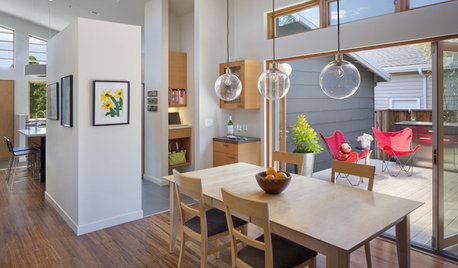
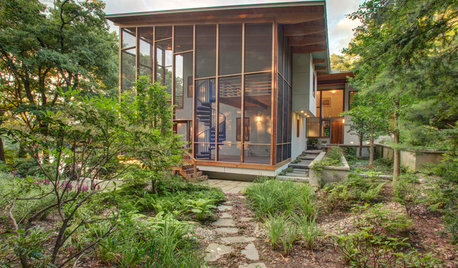
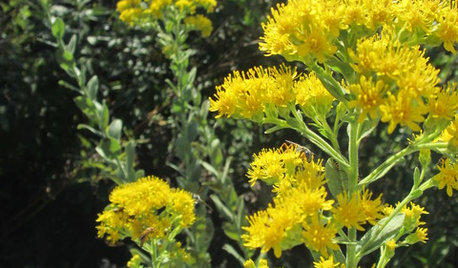
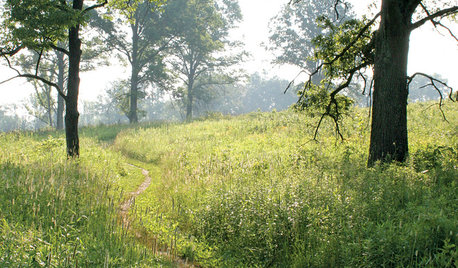
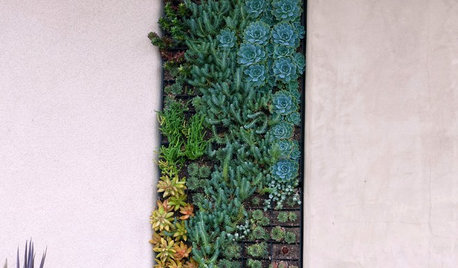

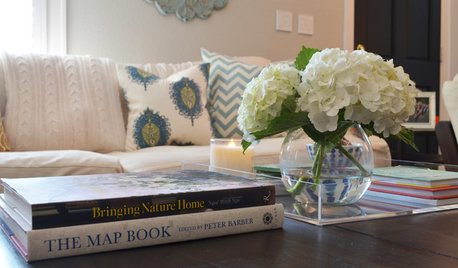

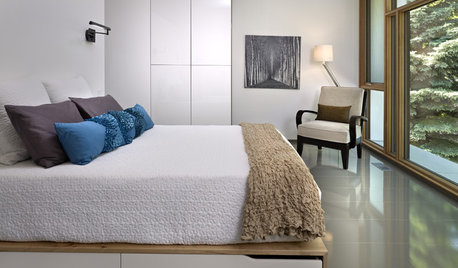
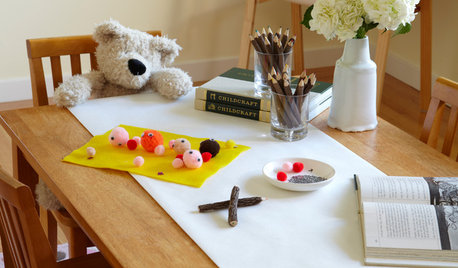



NHBabs z4b-5a NH
blaketayloreOriginal Author
Related Professionals
Canton Landscape Architects & Landscape Designers · Norton Shores Landscape Architects & Landscape Designers · Arlington Landscape Contractors · Bloomington Landscape Contractors · Deer Park Landscape Contractors · Lebanon Landscape Contractors · National City Landscape Contractors · Vallejo Landscape Contractors · Welby Landscape Contractors · Clemmons Decks, Patios & Outdoor Enclosures · Highland Springs Decks, Patios & Outdoor Enclosures · Markham Decks, Patios & Outdoor Enclosures · Medford Decks, Patios & Outdoor Enclosures · Prescott Decks, Patios & Outdoor Enclosures · Rosemont Decks, Patios & Outdoor Enclosuresdeanna in ME Barely zone 6a, more like 5b
DavidM.Bush